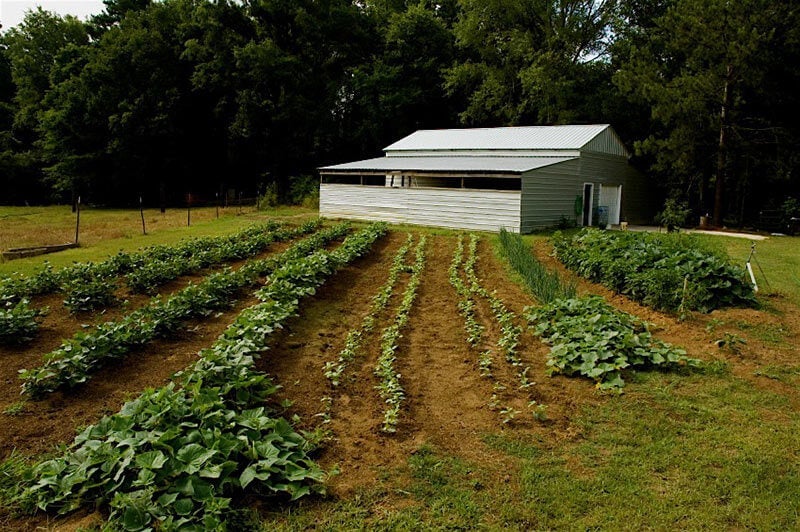While vegetable garden spacing isn't an exact science, it's important to know about how far apart to place your plants.
If you plant them too closely together, their roots will compete with each other for sunlight, water, and nutrients, and you may well end up with mature plants that are smaller and less productive than they would've been if you'd given them enough room to grow. After all, while those young plants may look small when they first go into the soil, it won't be long before they grow and fill out — so think about how big they will become, not how big they are at planting time. This is especially true if you plant your vegetables in high-quality, nutrient-rich soil like Miracle-Gro® Garden Soil for Vegetables & Herbs (for in-ground gardens), Miracle-Gro® Raised Bed Soil (for raised beds), or Miracle-Gro® Potting Mix (for containers), and feed them regularly with a continuous-release plant food like Miracle-Gro® Shake ‘n Feed® Tomato, Fruit & Vegetable Plant Food.
Spacing Guide
To find out how much space you need to leave between plants, check the plant tags, which usually list spacing requirements. These guidelines give the ideal distance from the center of one plant to the center of the next.
In traditional in-ground gardens, vegetable plants are planted in long, single rows spaced a uniform distance apart. This is what many people picture when they think of vegetable gardens. The simple system works, but it takes more space than many gardeners have these days because of the room you need to leave for the paths in between the rows. The spacing guidelines for planting refer to the distance between plants within a row.
In raised beds, you're able to recapture some of that wasted space. It's still important to follow the spacing guidelines on the plant tags, but you won't need to leave room between rows for the paths. So, for example, if you're planting onions and the tag says to leave 8 inches between plants, you simply leave 8 inches of space on all sides instead of having to leave a good bit more space between rows.
If you garden in containers, you'll want to pay attention to the size of the container you choose, for the same reasons as noted above. Check out this container size guide to find how big a pot you need for the type of vegetable you want to grow.
If you choose to plant more intensively than is recommended on the plant tag, you will need to pay extra attention to your plants, as they will be competing for the same resources within the same space. You can help by watering and feeding your plants regularly, and by arranging them so they don't battle for sun; for example, place plants that can tolerate some shade (such as lettuce) between plants that will grow taller (such as broccoli).





 Herbs
Herbs
 Vegetables
Vegetables
 Fruit
Fruit
 Flowers
Flowers
 Succulents
Succulents


